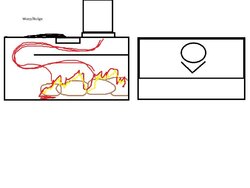Adios Pantalones
Minister of Fire
That 45 mins assumes the stove has gone cold- I would overfire my stove every time if I followed those guidelines.
I do prop the door just barely open for 5 mins or so when I start from cold. I sit with it while I do that- easy to forget.
I do prop the door just barely open for 5 mins or so when I start from cold. I sit with it while I do that- easy to forget.


